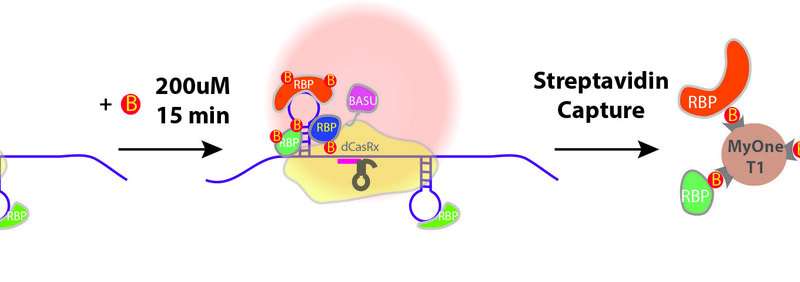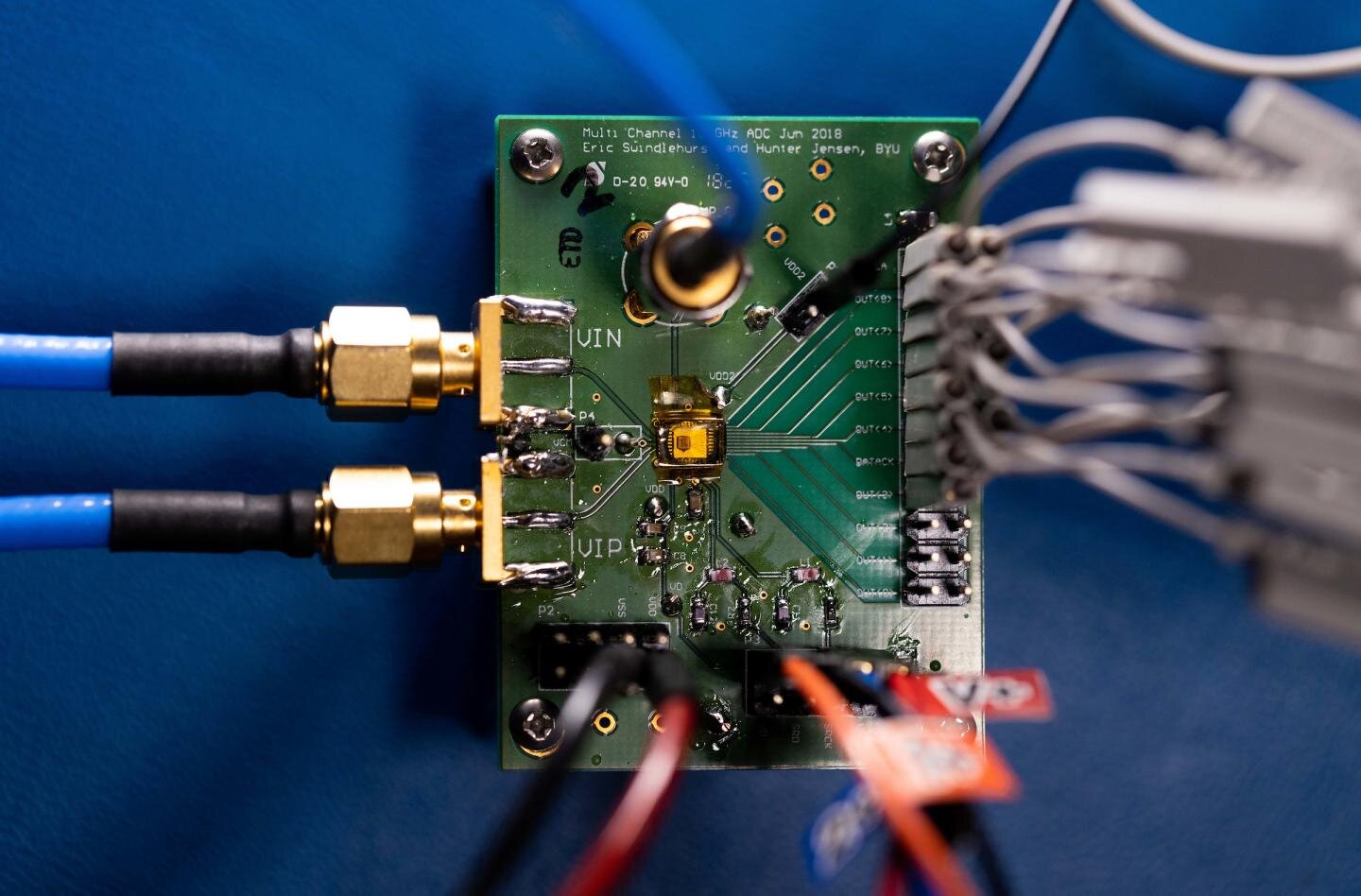#CRISPR-assisted novel method detects RNA-binding proteins in living cells
“#CRISPR-assisted novel method detects RNA-binding proteins in living cells”
 Nature Methods (2020)” width=”800″>
Nature Methods (2020)” width=”800″>While scientists still don’t fully understand the diverse nature of RNA molecules, it is believed that the proteins binding to them, called RNA-binding proteins, are associated with many types of disease formation. Research led by biomedical scientists from City University of Hong Kong (CityU) has led to a novel detection method, called CARPID, to identify binding proteins of specific RNAs in living cells. It is expected that the innovation can be applied in various types of cell research, from identifying biomarkers of cancer diagnosis to detecting potential drug targets for treating viral diseases.
The research was co-led by Dr. Yan Jian, Dr. Zhang Liang, and Dr. Chan Kui-ming who are all from the Department of Biomedical Sciences (BMS) at CityU, in collaboration with scientists mainly from Northwest University in Xi’an. Their findings were published in the scientific journal Nature Methods, titled “CRISPR-assisted detection of RNA-protein interactions in living cells.”
Binding proteins determine RNA functions
The central dogma of molecular biology suggests that DNA is transcribed to RNA and RNA is translated into protein. But actually, only about 2% of RNAs code for protein. The other 98%, named as non-coding RNA (ncRNA) has been regarded as ‘dark matter’ for its still mysterious function.
In recent years, scientists have put much effort into unveiling the actual functions of RNA, especially the long non-coding RNAs (lncRNA, meaning ncRNA with more than 200 nucleotides in length). LncRNA has become widely accepted as an important cellular component participating in the regulation of gene expression. “LncRNA is the most interesting RNA species,” noted Dr. Yan. It is also the reason why the team has chosen lncRNA as the research subject.
Although lncRNAs will not produce protein, they will react with proteins, and the interaction will determine their functions. Therefore, the identification of the binding proteins is crucial in understanding lncRNA functions. However, current methods demonstrate many limitations, for example, generating false positive signals, and cannot be done in living cells.
More information:
Wenkai Yi et al, CRISPR-assisted detection of RNA–protein interactions in living cells, Nature Methods (2020). DOI: 10.1038/s41592-020-0866-0
Provided by
City University of Hong Kong
CRISPR-assisted novel method detects RNA-binding proteins in living cells (2020, July 1)
retrieved 1 July 2020
from https://phys.org/news/2020-07-crispr-assisted-method-rna-binding-proteins-cells.html
This document is subject to copyright. Apart from any fair dealing for the purpose of private study or research, no
part may be reproduced without the written permission. The content is provided for information purposes only.
If you want to read more Like this articles, you can visit our Science category.
if you want to watch Movies or Tv Shows go to Dizi.BuradaBiliyorum.Com for forums sites go to Forum.BuradaBiliyorum.Com




